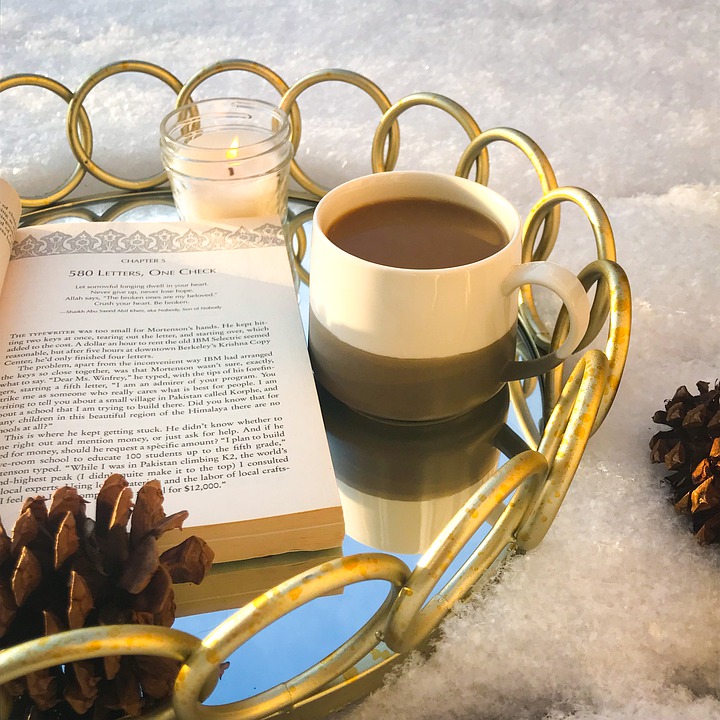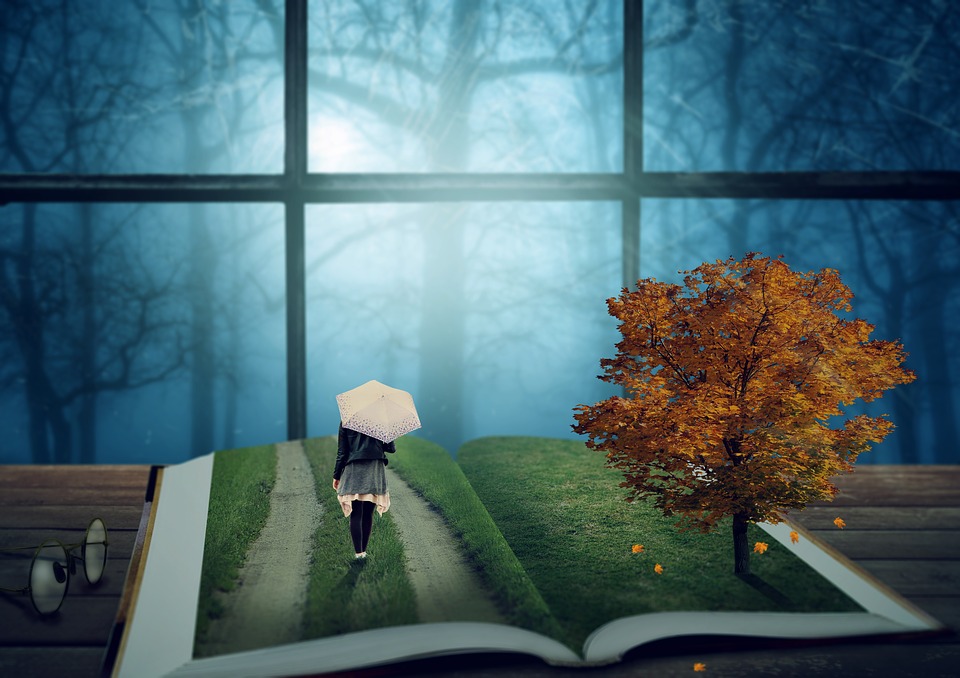Christmas is just around the corner, and that has me thinking about books. Books I might want to give as well as books I might want to read myself over the holidays. This week’s blog focuses on some 2021 non-fiction recommendations. While I generally love a serious read, this year I’m gravitating to lighter reads, or at least books that leave me feeling somewhat hopeful at the end. I seem to need that these days. First, two non-fiction recommendations for the kids on your list, followed by suggestions for more advanced readers.
For younger readers:
Finding Home: The journey of Immigrants and Refugees, written by Jen Sookfong Lee and illustrated by Drew Shannon. There are many reasons why people leave their homes in search of a new one. This book explores the history of human migration and how it has shaped our world, as well as current issues facing immigrants and refugees. Profiles of immigrants and refugees across the globe are also included. Ages 9 – 12.
The Power of Style: How Fashion and Beauty Are Being Used to Reclaim Culture by Christian Allaire. As a fashion-obsessed Ojibwe teen, Christian Allaire rarely saw anyone that looked like him in magazines or movies. As the current Fashion and Style writer for Vogue, he is working to change that. Clothes are never just clothes; style is self-expression, representation and transformation. Topics range from cosplay, makeup and hijabs to culture, politics and social justice. Ages 12 and up.
For the rest of us:
These Precious Days: Essays by Ann Patchett. When novelist Patchett sits down to write a book, she knows how it will end. Life, however, often takes unexpected turns and it is this truth that Patchett touches on in this collection of essays, all of which have been published before. You’ll find reflections on writing and publishing, insights into living and dying, friends and family, as well as lighter pieces on knitting, Snoopy, and surviving a year without shopping.
The Storyteller: Tales of Life and Music by Dave Grohl. The Nirvana drummer and Foo Fighters frontman takes us behind the scenes of his life as a rock star while also pulling back the curtain on his personal life. Entertaining, engaging and insightful. Perfect for the music fans on your list and even those who aren’t necessarily fans because Grohl is a master of the anecdote.
London’s Number One Dog-Walking Agency by Kate MacDougall. A wonderful memoir about a young woman who left her job at Sotheby’s and started her own business as a dog-walker for busy London pet owners. The theme of this uplifting coming-of-age book is about chasing your dreams in spite of facing challenges. It’s charming and funny . . . and there are lots of dogs!
Winter Pasture: One Woman’s Journey with China’s Kazakh by Li Juan, Jack Hargreaves (translator). A bestseller in China for years and the winner of the People’s Literature Award, this tale follows Li Juan, a Chinese journalist, as she joins a family of Kazakh herders – and their camels, sheep, cattle and horses – to spend winter on a winter grazing spot in Xinjiang Province where the population density at that time was one person per every square mile. This blend of memoir, travelogue and nature writing gives us an incredible picture into a remote part of the world.
Taste: My Life Through Food by Stanley Tucci. As you’d expect, this book is Tucci’s life through food – from his childhood growing up in Westchester, as a young actor in New York, through marriage and children, and on movie sets. As well as sharing some of his favorite food memories over the years, Tucci doesn’t shy away from discussing some of the more difficult times in his life, notably his first wife’s death from cancer and his own recovery from the same disease, but he can also be irreverent and sharply funny, particularly as he discusses feeding five kids through the pandemic. Bonus: there are recipes.
Breath: The New Science of a Lost Art by James Nestor. Some great insights here into health and mindfulness. Nestor is a journalist who began his journey into the world of breath reluctantly, and only because of health issues. Along with being part memoir, Breath also looks at breathing traditions throughout history, presents some thought-provoking research and offers practical takeaway tips too. Though it was published in 2020, Breath impressed me enough that I’m including it on my 2021 list.
Next week, some fiction recommendations.











Comments